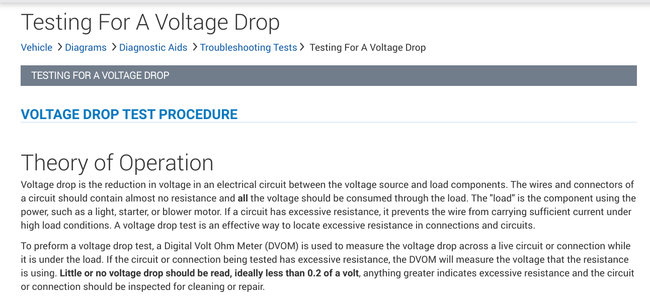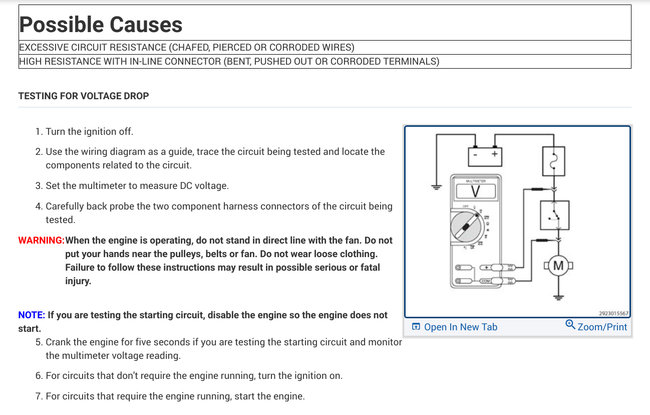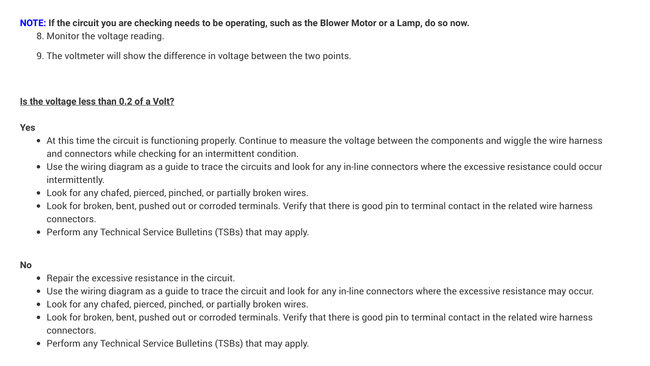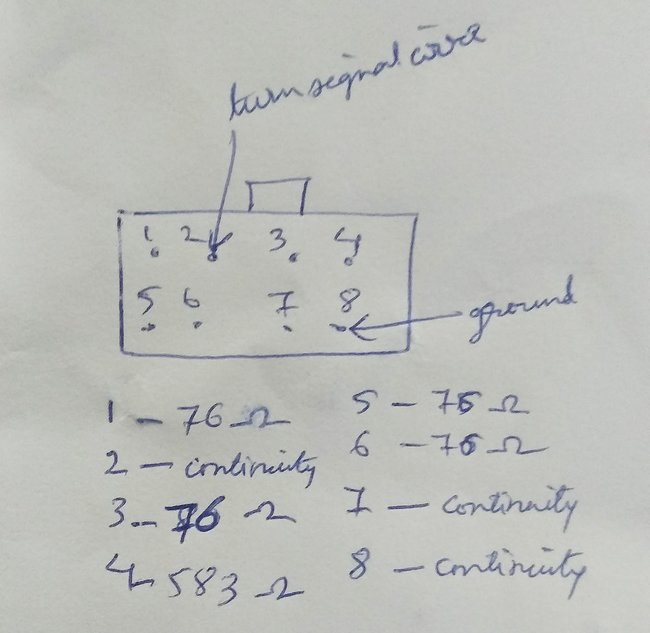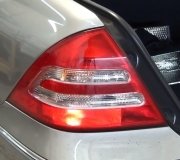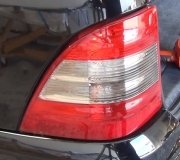Is not it supposed to be 12 V? If not, why only 9 V across the bulb?
I connect one end of 12 v led cob light and other end to ground. Activated the turn signal circuit, surprisingly, the led does not come on at all, which is taking me to verify out that the voltage drops is only 9 V! Why?
The led cob light when connected to the battery directly is lighting up as it should be.
Thursday, March 5th, 2020 AT 10:18 PM
